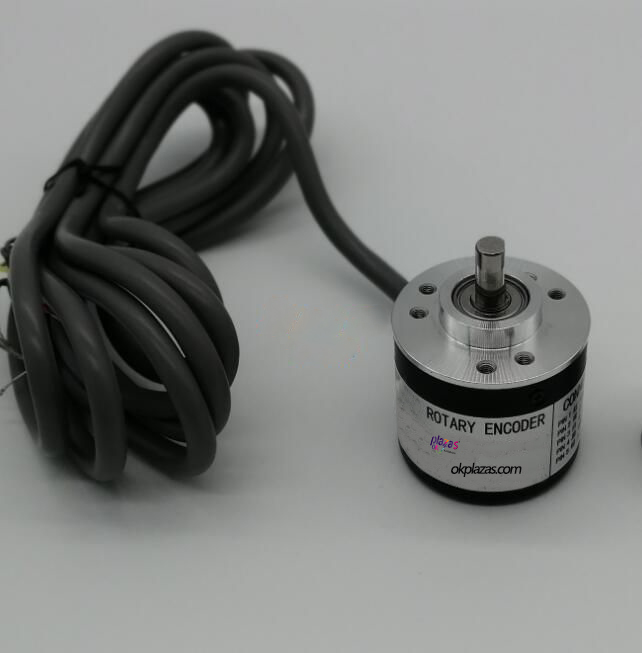What is the difference between a single-turn absolute encoder and a multi-turn absolute encoder
What is the difference between a single-turn absolute encoder and a multi-turn absolute encoder
What is the difference between a single-turn absolute encoder and a multi-turn absolute encoder
What is the difference between a single-turn absolute encoder and a multi-turn absolute encoder?
Encoder is a precision measuring device that combines mechanical and electronic tightly. It encodes and converts signals or data for communication, transmission and storage of signal data. With the development and progress of science and technology, the application becomes more and more extensive.

What are the performance characteristics of the absolute encoder:
The optical code disk of the absolute value encoder has many channel score lines, and each score line is made of 2 lines, 4 lines, 8 lines, 16 lines..., thus, each encoder position reads each The on and off of the score line start from the zero power of 2. This kind of encoder is determined by the mechanical orientation of the optical encoder disc, and is not affected by power outages and noise, and will not be lost in sudden situations.
The absolute value encoder is unique for each position determined by the mechanical position. It does not need to recall, reference points, or always count, when to know the position and when to read that position. As a result, the anti-interference characteristics of the encoder and the reliability of data are greatly improved.
The difference from single-turn absolute encoder to multi-turn absolute encoder is as follows:
Rotate a single-turn absolute encoder, measure the engraved lines of each channel of the optical encoder disc during rotation, and obtain a unique code. When the rotation exceeds 360 degrees, the code returns to the origin again, which does not comply with the unique principle of absolute code. Such codes can only be used for measurements within 360 degrees of the rotation scale, and are called single-turn absolute encoders. To measure rotations exceeding 360 degrees, a multi-turn absolute encoder must be used.

Manufacturers can make full use of the principle of clock gear mechanism. After the intermediate code disc rotates, another group of code discs (or multiple sets of gears, multiple sets of code discs) transmitted by the gears will add a lap code to a lap code to expand the measurement scale of the encoder. This type of absolute encoder is called a multi-rotation absolute encoder. Confirm the code with the same mechanical orientation.
Another advantage of the multi-rotary encoder is that the measurement scale is large, and the actual use often becomes rich, so there is no need to laboriously find the zero point during the installation, and only a certain intermediate position can be used as the starting point. The difficulty of device adjustment is greatly simplified.
The above is about the okplazas.com encoder: What is the difference between a single-turn absolute encoder and a multi-turn absolute encoder? For related introductions, friends who are interested are welcome to exchange and learn together!





